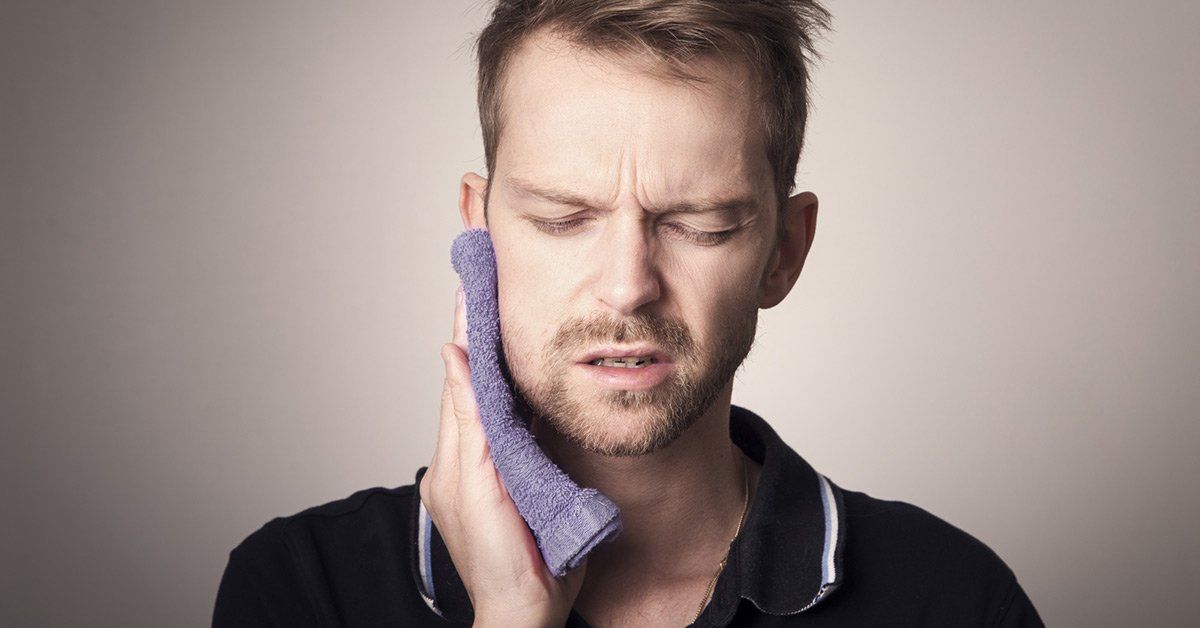What Foods to Eat After a Tooth Extraction
If you've had a tooth extraction, it's crucial you stick to certain soft foods to ensure a good recovery. Learn what foods you can eat and what to avoid.
Americans spend $110 billion dollars each year on oral healthcare. Despite this, nearly 100% of adults and 60% to 90% of children worldwide have some form of tooth decay.
One reason for this alarming statistic is that we now consume three times more sugar than we did 50 years ago. A direct result of that is that dental caries is the most common chronic disease around the globe.
Left untreated, tooth decay causes pain and anxiety. Often, the only way to treat a severely decayed tooth is to extract it. But it's not the only reason why tooth extraction is necessary.
Once extracted, the area is tender, which means you'll need to eat soft foods for a while. If you're wondering what to eat after a tooth extraction, keep reading.
We're sharing with you which soft foods to eat.
Reasons Why Tooth Extraction is Necessary
Tooth decay isn't the only reason why someone needs their tooth extracted.
Severe Tooth Damage or Trauma
If a tooth is severely cracked, broken or chipped due to a significant injury or trauma, it can damage the other teeth and gums. The patient may need the injured tooth removed.
While a dentist will do everything they can to restore the natural tooth with a crown or filling, sometimes an extraction is the only option if the injury is too severe. If the tooth is extracted, the most common way to replace the damaged tooth is to get a dental implant.
Wisdom Teeth Develop Abnormally
Modern humans can have anywhere from zero wisdom teeth to four. However, our ancient ancestors had 12 wisdom teeth so they could easily eat raw meat, leaves, and roots.
Thanks to modern utensils we no longer need our wisdom teeth. And often wisdom teeth cause us more problems when they either don't erupt through the gums or they become impacted.
Left untreated, teeth that are impacted or have not erupted are likely to become infected, painful, and inflamed.
Baby Teeth Haven't Fallen Out
Kids sometimes need their baby teeth extracted because they haven't fallen out at the appropriate time. Their adult teeth are trying to grow in and if left untreated, can lead to the adult teeth to erupt in the wrong position.
This can cause the need for expensive orthodontia in the future if not addressed in a timely manner.
Orthodontia and Tooth Alignment
Sometimes a patient has a crowded jawline meaning there's not enough room for them to hold all their teeth in the correct position. Often they'll need orthodontic treatment like braces to fix the issue.
A dentist or orthodontist may recommend expanding the jawbone to allow more space for the teeth to align. They may also recommend removing some of the teeth to allow the remaining teeth to fit correctly.
Another reason for tooth extraction occurs when teeth are too large for the mouth and cause problems for the patient. When orthodontia is recommended, extractions happen before treatment begins and teeth are removed symmetrically to maintain the balance of the bite.
What to do After an Extraction
Right after an extraction, you should keep the gauze on it for at least 30 minutes. After that, you should eat and drink something to keep your stomach coated, especially if the dentist gave you medication(s) to take.
You should avoid using straws or smoking cigarettes for at least three days. Drink plenty of fluids to stay hydrated.
Take the Time to Heal
Take at least a day or two off from work. You should also avoid strenuous exercise. And after 24-hours, you should rinse your mouth out using a warm salt water rinse to keep it clean and bacteria-free.
How quickly you heal depends on how difficult the procedure was. For an easy procedure, it's performed at the dental office and usually takes 20 minutes or less.
However, some extractions are more difficult and may require admission to the hospital along with a general aesthetic.
How Long it Takes to Recover
Recovery time also depends on how healthy you are before the procedure. Some people may heal quickly and be back to normal in a few days while others may require up to a week or longer before they can resume eating regular foods and engaging in their usual activities.
You may also be prescribed antibiotics and/or pain medication. Take all medications as directed.
Contact Your Dentist if You Notice These Complications
While most of the time, you just need to take your prescribed medications, avoid certain foods and drinks, and get plenty of rest, complications can arise.
Infections
If you notice the following, contact your dentist immediately:
- Continuous swelling or pain
- High temperature
- White or yellow discharge
It's the sign of an infection. And it will get worse if left untreated.
Dry Socket
When the blood clot doesn't develop in the empty tooth socket, you get what's known as a dry socket. It can also happen if the clot dislodges, which is why you shouldn't smoke or use a straw.
If you discover you have a dry socket, contact your dentist.




